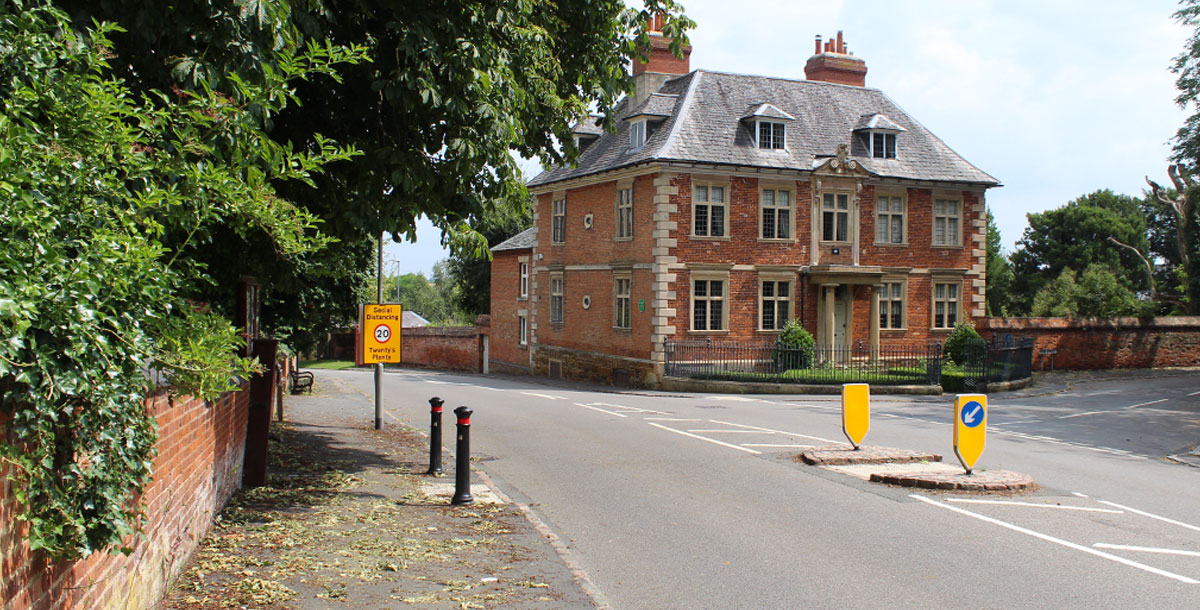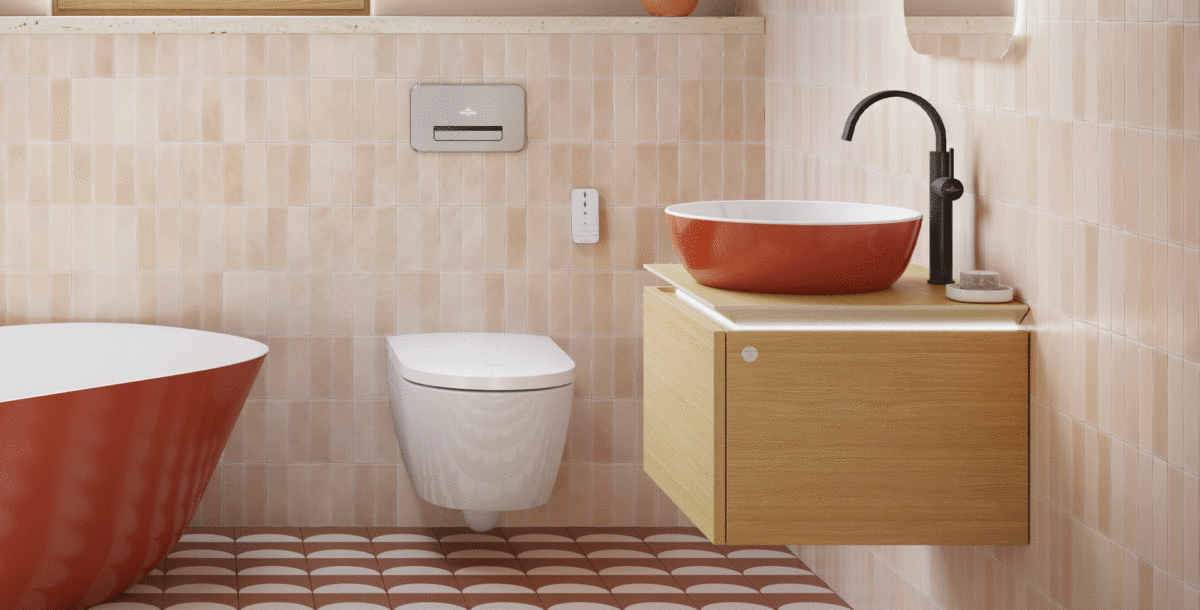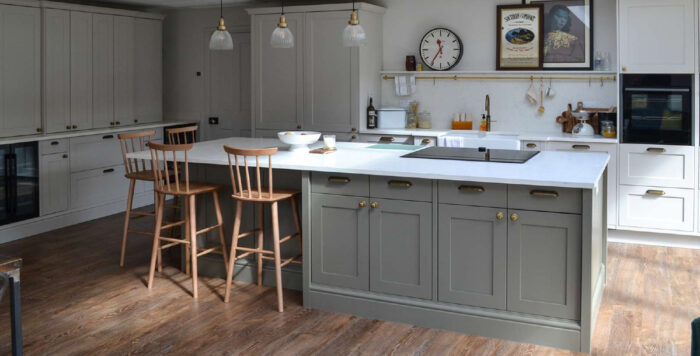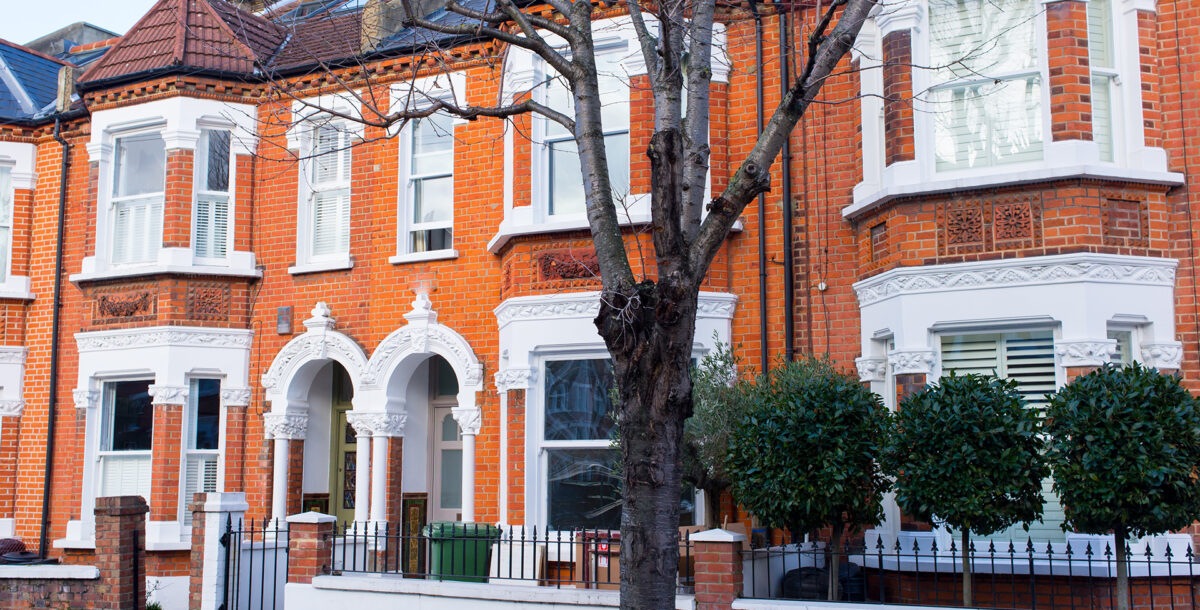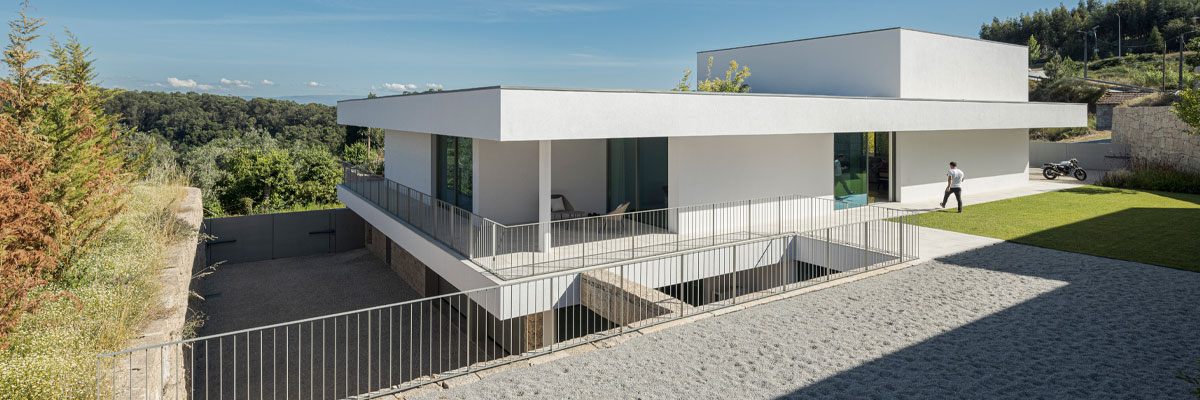Planning permission for historic buildings
Smooth the path to a successful build by meeting any conservation requirements
Building projects that involve historic buildings or are in conservation or other designated areas may be tricky, but don’t let that put you off. With the right advice you can navigate your way to a dream home while also doing your bit to preserve, protect and conserve.
If you’re seeking planning permission for historic buildings, or special conditions are attached to your permissions, the heritage team at Past to Present Archaeology can guide you through the system and provide the services to get your project on track.
Design and Access Statement
When applying for planning permission for historic buildings, you may need a Design and Access Statement. This report supports your planning application, showing that you understand what is appropriate and feasible for the site and its surroundings. Though prepared at the start of the planning process, it may evolve from the outline stage to the detailed scheme.
Listed Building Consent
If a building is listed, you’ll need Listed Building Consent when carrying out work on it. This applies to any demolition, alteration or extension. Tread carefully, since not gaining LBC is a criminal offence and you can be fined or imprisoned for not following the requirements.
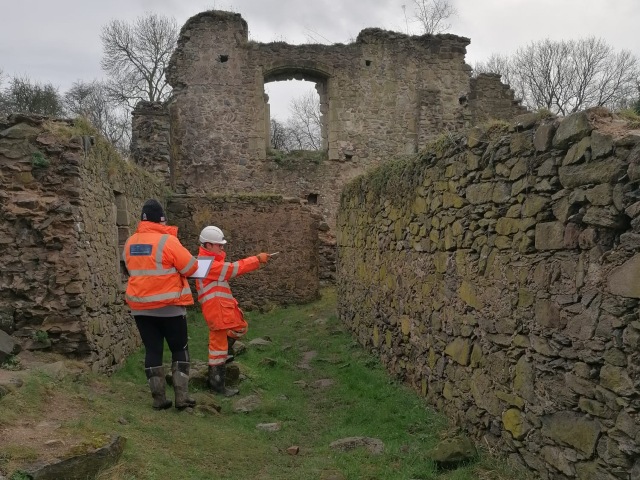
Past to Present Archaeology carrying out a site assessment
Historic services explained
Listed Building Consent often requires a Heritage Statement which looks in detail at the building’s history. You might also need some of the following services when seeking planning permission for historic buildings:
– Desk-based assessments
Conducted by a heritage specialist, a desk-based assessment maps out and lists all historically significant assets within a specified radius. This will include all listed buildings, scheduled monuments and archaeological finds.
If the planning application location is in a significant area of archaeology or historical significance, the report can be used to identify precautions such as watching briefs (a process designed to ensure archaeological remains are identified, investigated and recorded before development).
– Heritage Impact Statement
A Heritage Impact Statement defines the historical/archaeological significance of a building or landscape in relation to its surroundings. It explains how alterations to a building and changes to the landscape will affect the wider area, both positively and negatively. The statement can sometimes include suggestions for altering plans or designs to accommodate the surrounding heritage.
– Building recordings
A Historic Building Survey is usually required during the planning process when important historic buildings are incorporated either directly into a development or affected by alterations. The recording levels required range from one to four (one for a visual record; four for a fully comprehensive record).
A specialist will advise and develop a strategy for the conservation, alteration or demolition of a particular building, preserving a paper and photographic record of the layout and existing fittings and the chronology and surroundings of the building.
– Archaeological watching brief
If your development might impact on archaeological resources, various measures may be required. This can include watching briefs – when a trained archaeologist watches the digging of foundations, for example, to record and preserve in record any archaeological features that may be present. Trial trenches or test pits can also be dug before the build programme begins to establish whether archaeological matter is present, but these are less likely to be required for small-scale projects.
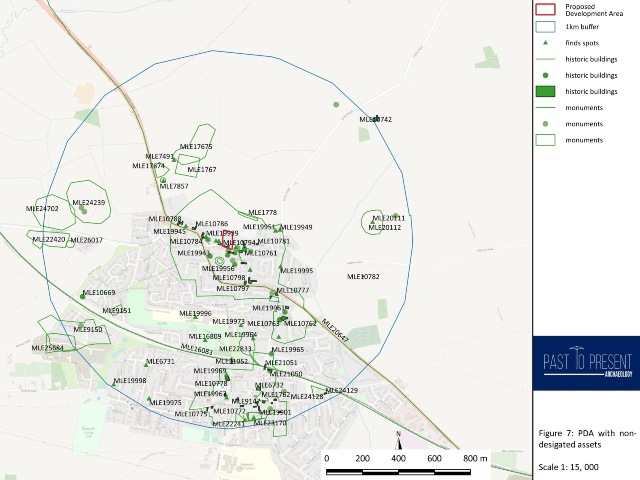
A desk-based assessment by Past to Present Archaeology
Find out more
Need help with planning permission for historic buildings? Past to Present Archaeology is an archaeological organisation made up of professionals with 25 years’ commercial experience, supported by a network of regional specialists, providing knowledgeable, tailored solutions for both private and public sector clients. Visit the website or email [email protected].

